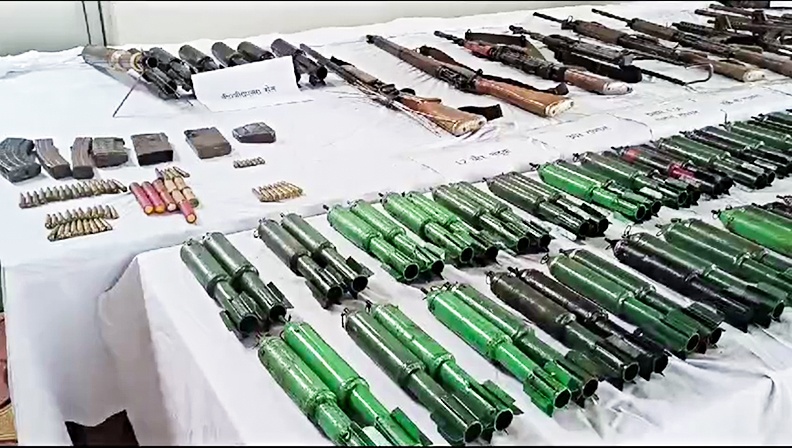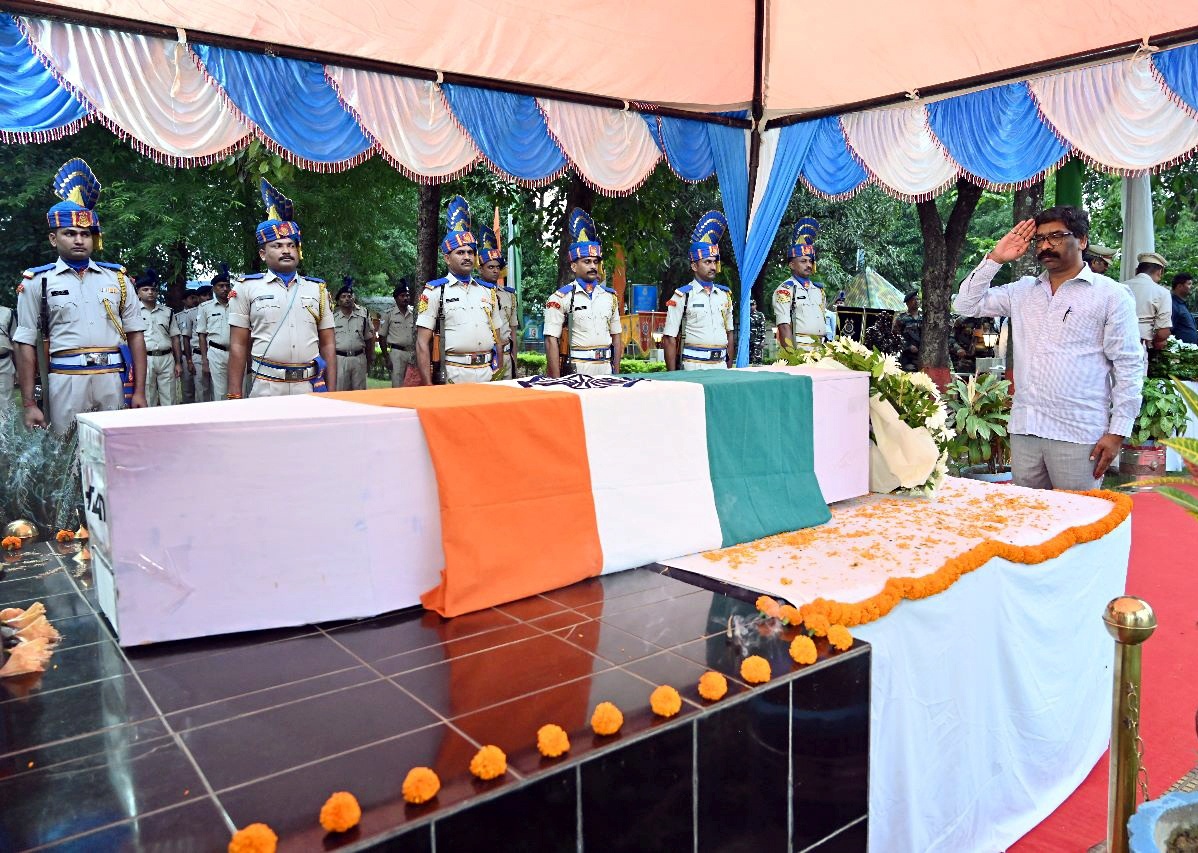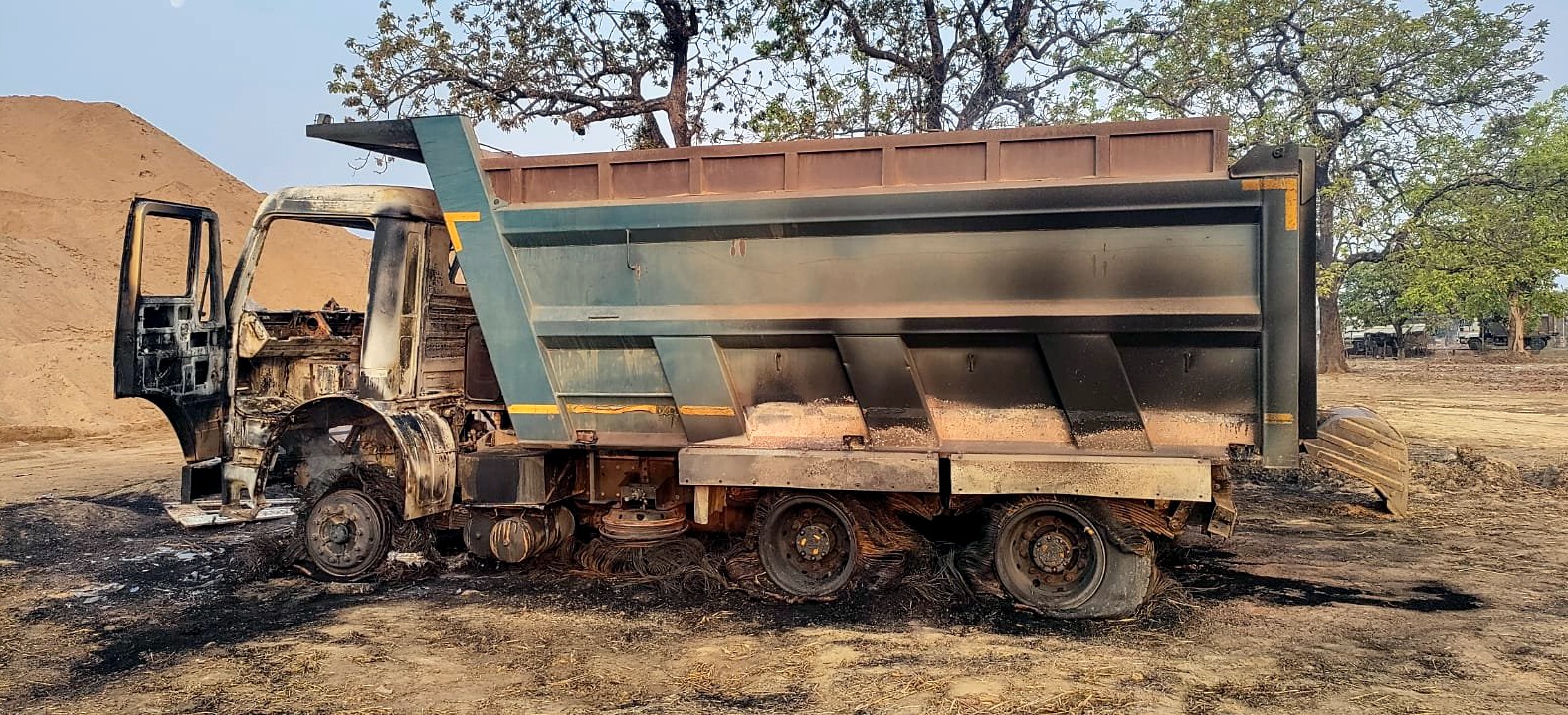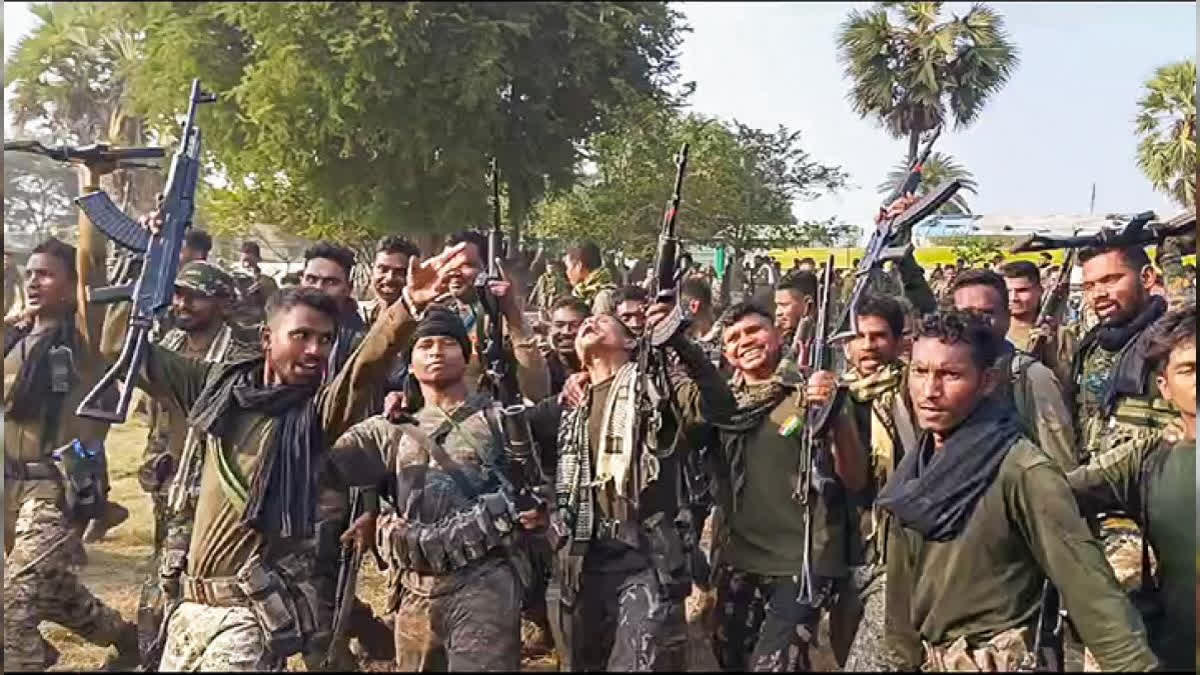A recent statement by India’s Union Minister of Home Affairs, Amit Shah, regarding the elimination of Maoists has garnered significant attention. The minister declared that under the leadership of Prime Minister Narendra Modi, the Government of India is committed to eradicating the Maoists by March 2026.
Such a statement carries significant implications for both the current and future strategies the government will employ to address the Maoist insurgency. The specific timeline, marking March 2026 as the deadline for what was once considered the greatest internal security threat, offers both grounds for cautious optimism and genuine concern.
As the UMHA emphasised, the government’s efforts over the past decade have led to a substantial weakening of the Maoists. He pointed out that the deaths of both civilians and security forces due to Maoist violence have fallen below a hundred in the past year. While this claim is subject to debate, it is indeed true that the previous year saw the lowest number of casualties in areas affected by Maoist activity. Through his meeting with thirty surrendered Maoists from various states, the UMHA urged them to relinquish their arms and join India’s broader development journey.

At the same time, he warned that those who refused to surrender would face the consequences of military action from security forces. This appeal to Maoists to give up their arms, along with the threat of intensified military actions, calls for a deeper analysis. Furthermore, the Maoist insurgency, one of the longest-running armed movements in India, warrants critical scrutiny as it grapples with survival in the face of overwhelming state power. The following sections examine the government’s responses to the Maoist movement over the past decade, as well as the shifting dynamics within the Maoist leadership and their activities.
Government Responses to the Maoists
Over the past decade, the government’s approach to handling the Maoists has seen both continuity with past policies and new initiatives. The government has adhered to a three-pronged strategy: a counter-insurgency military approach aimed at containing Maoist violence; a developmental strategy intended to address the grievances of local populations in Maoist-affected regions and to detach them from Maoist influence; and a surrender-and-rehabilitation policy offering Maoist militants an opportunity to return to mainstream society. An important new addition introduced by the Bharatiya Janata Party (BJP) led government, has been the focus on ensuring the rights and entitlements of local populations. While the success of these efforts in fully meeting local demands remains debatable, they have undeniably helped improve the state's image.
The NDA government also launched a new operational strategy, SAMADHAN, to counter the Maoists. This strategy focuses on eight key areas: smart leadership, aggressive military strategy, motivation and training, actionable intelligence, dashboard-based Key Performance Indicators (KPIs) and Key Result Areas (KRAs), technology utilisation, an action plan for each operational theatre, and blocking access to Maoist financing.

The effectiveness of SAMADHAN can be seen in the increasing number of Maoist casualties, arrests, and surrenders. According to the South Asian Terrorism Portal (SATP), since 2014, 1,700 Maoists have been killed, 6,487 arrested, and 11,413 have surrendered. One notable development came after the formation of a BJP-led government in Chhattisgarh, where security forces conducted several targeted encounters that led to the elimination of many Maoists. These encounters have, however, been criticised, as some argue that the government could have been more conciliatory, especially since the Maoist presence in Chhattisgarh was confined to a few pockets by that time.
Despite these critiques, the diminishing strength of the Maoists and the success of security operations lend credibility to the Minister’s assertion that the Maoist threat can be neutralised by March 2026. Nevertheless, the core issue remains: will the end of the Maoist movement come through force, or can a dialogue be initiated between the government and the Maoists in the future? Given the current trajectory of the Maoist leadership and activities, there are few signs suggesting that dialogue is imminent.
The Maoists: Leadership and Activities
In the past decade, the Maoist movement has undergone substantial changes, both in terms of organisational leadership and operational activities. The movement has lost many of its leaders in counter-insurgency operations. According to SATP data, security forces have killed 343 Maoist leaders over the past ten years, including nine national leaders, 51 state leaders, and 283 local leaders.
This has not only created a significant leadership vacuum but has also made it increasingly difficult for the Maoists to recruit new cadres. The Maoists’ dwindling support base has further isolated them, reducing their ability to secure protection or assistance from local communities. The new leadership under Nambala Keshava Rao, a member of the Central Committee and Polit Bureau since 2018, has failed to inspire confidence among the local population. Instead, their operations have largely been focused on targeting security forces rather than advancing any meaningful ideological or strategic objectives.

Surrendered cadres have testified that the Maoist leadership has deviated significantly from its ideological roots, becoming highly centralised and imposing, with little regard for its cadres. Furthermore, the government's development initiatives and improvements in governance have made it increasingly difficult for the Maoists to maintain a foothold. Historically, the Maoists justified their violent insurgency by appealing to the grievances of marginalised communities. However, as the state has addressed many of these concerns, the Maoists have struggled to present viable alternatives. The failure to offer concrete, achievable objectives has led to a waning of support, further accelerating the decline of the movement. Thus, the prospect of the Maoist insurgency coming to an end by 2026 appears increasingly plausible.
The Concerns
The end of the Maoist insurgency, particularly after decades of violence and disruption, is undoubtedly a positive development. However, it is essential to acknowledge some of the issues that the Maoists raised on behalf of marginalised communities during their years of armed struggle. Over more than six decades, the Maoist movement has had a profound impact on the socio-political fabric of affected regions.
The ongoing conflict has displaced thousands, altered social dynamics, and, in some cases, deepened divisions within marginalised communities. While the government’s commitment to eradicating the Maoists by March 2026 can be seen as a necessary step toward restoring order, it is crucial that this goal is not pursued through brute force alone.
There must be a concerted effort to address the deeper social and economic issues that fueled the Maoist movement in the first place. At the same time, the Maoists must recognise that their armed struggle against the Indian state has largely been futile, and it is time to abandon the path of violence in favour of dialogue and peaceful resolution.
Protracted insurgencies leave behind lasting scars on social cohesion, and the process of rebuilding affected communities will require more than just military victories. If the Maoists are to be defeated, the government must also focus on rehabilitating the affected populations and addressing the root causes of their grievances. The end of the Maoist movement should mark the beginning of a new chapter, one that prioritises healing, reconciliation, and lasting peace.
(Disclaimer: The opinions expressed in this article are those of the writer. The facts and opinions expressed here do not reflect the views of ETV Bharat)



